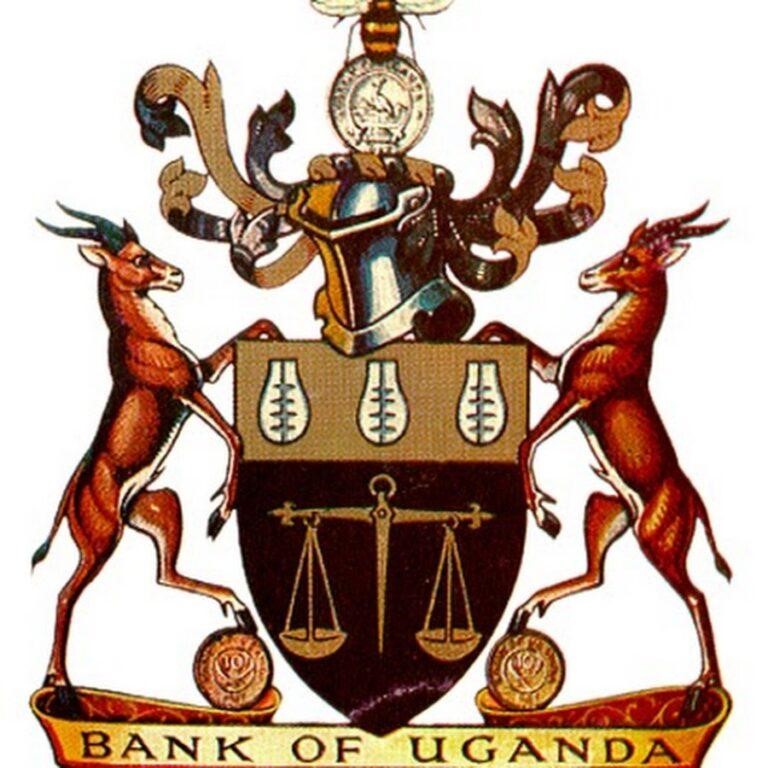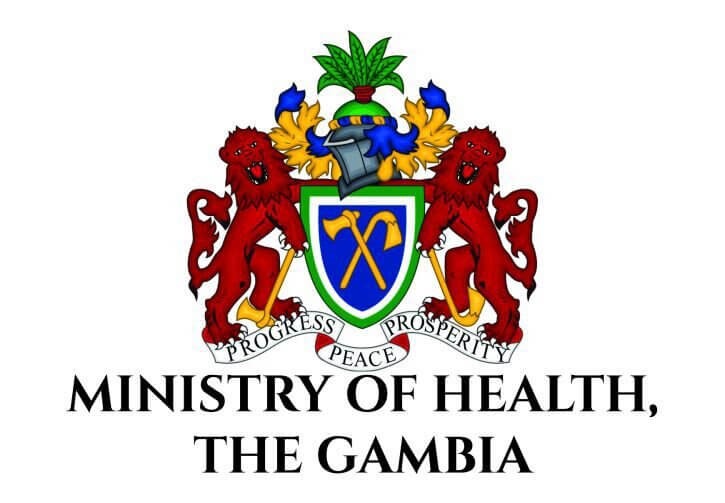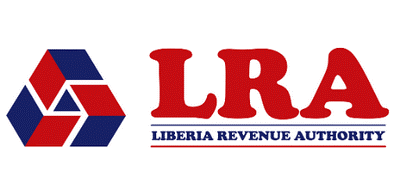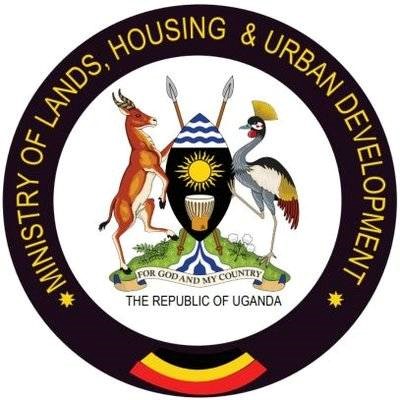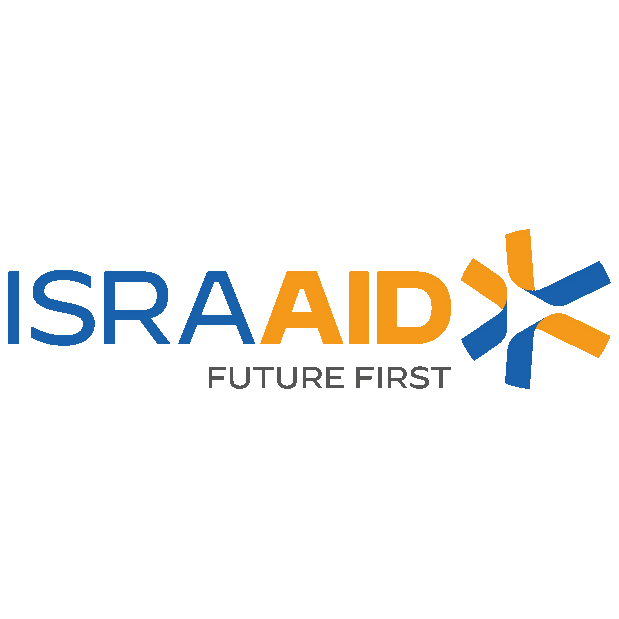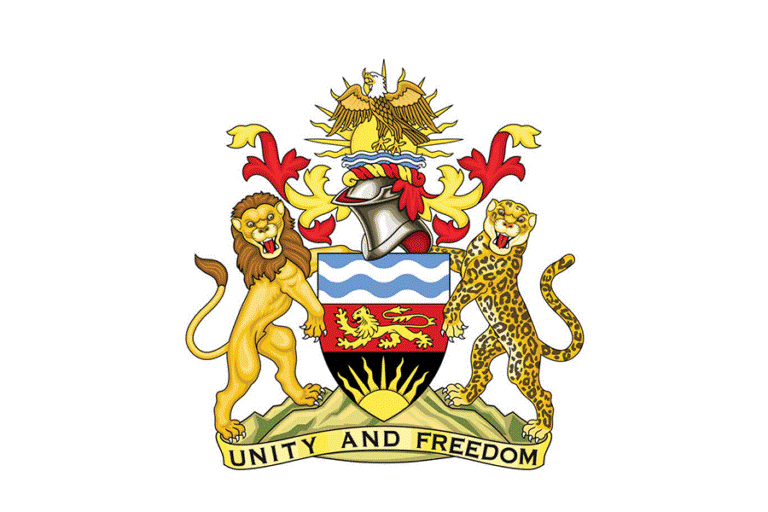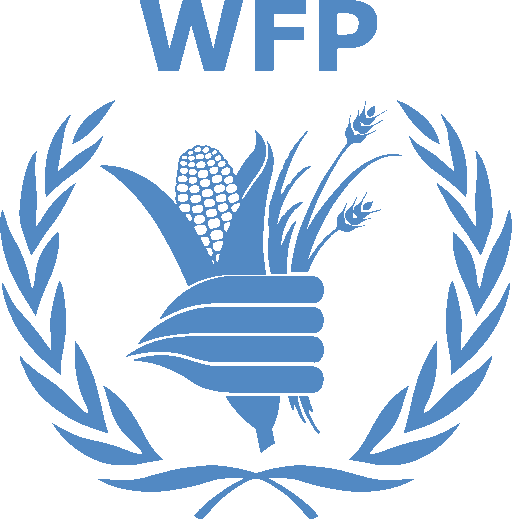The Role of GIS and Remote Sensing in Sustainable Forest Monitoring and Management
Introduction
Forests play a critical role in maintaining global biodiversity, regulating climate, and supporting the livelihoods of millions of people. However, they face significant threats from deforestation, degradation, illegal logging, and the impacts of climate change. Sustainable forest management (SFM) aims to balance ecological, economic, and social needs while conserving forest resources for future generations. Geographic Information Systems (GIS) and Remote Sensing have emerged as powerful tools in the pursuit of sustainable forest management, offering innovative solutions for monitoring, planning, and decision-making.
Understanding GIS and Remote Sensing
- GIS is a technology used for capturing, storing, analyzing, and managing spatial and geographic data. It enables the visualization of data in the form of maps, which can be used to track changes, identify patterns, and make informed decisions about forest management.
- Remote Sensing involves the acquisition of information about the Earth's surface using satellite or aerial sensors. It allows for the monitoring of large and inaccessible areas, providing data on forest cover, health, and changes over time without the need for physical presence in the field.
Applications in Sustainable Forest Monitoring
- Forest Cover Mapping and Change Detection
- GIS and remote sensing are used to create detailed maps of forest cover, distinguishing between different types of vegetation and land use. Satellite imagery, such as that from the Landsat and MODIS programs, allows for the monitoring of changes in forest cover over time, enabling the detection of deforestation and degradation.
- Assessment of Forest Health
- Remote sensing technology can detect signs of forest stress, such as disease, pest infestations, or damage from natural disasters. By analyzing spectral data, forest managers can assess the health of forests and take timely action to mitigate damage.
- High-resolution satellite imagery and GIS are instrumental in identifying illegal logging activities, land encroachments, and other unauthorized uses of forest land. This information can be used to enforce regulations and take legal action against offenders.
- Biodiversity Conservation and Habitat Mapping
- GIS helps in identifying critical habitats and biodiversity hotspots within forests. By overlaying different data layers, such as species distribution and habitat types, conservationists can prioritize areas for protection and develop strategies to maintain biodiversity.
- Carbon Stock Assessment and Climate Change Mitigation
- Forests are significant carbon sinks, and their management plays a crucial role in climate change mitigation. GIS and remote sensing technologies are used to estimate forest biomass and carbon stocks, helping to monitor and report on carbon sequestration efforts.
Integration of GIS and Remote Sensing in Forest Management
The integration of GIS and remote sensing technologies provides a comprehensive approach to forest management. By combining spatial data with real-time monitoring, forest managers can develop more effective strategies for conservation, resource allocation, and sustainable use. For example, GIS can be used to model the impact of different management scenarios, helping decision-makers to choose the best options for achieving sustainability goals.
Conclusion
GIS and remote sensing have transformed the field of sustainable forest management, providing essential tools for monitoring, planning, and decision-making. By enabling real-time data collection and analysis, these technologies empower forest managers to respond swiftly to threats, plan sustainable use, and protect forest ecosystems for future generations. As technology continues to evolve, the role of GIS and remote sensing in forest management will only become more critical, supporting global efforts to conserve one of our most valuable natural resources.


